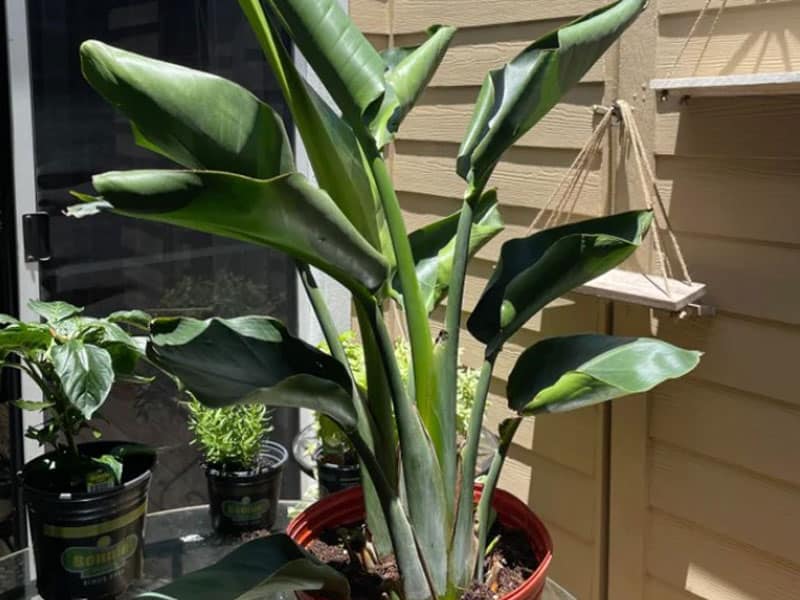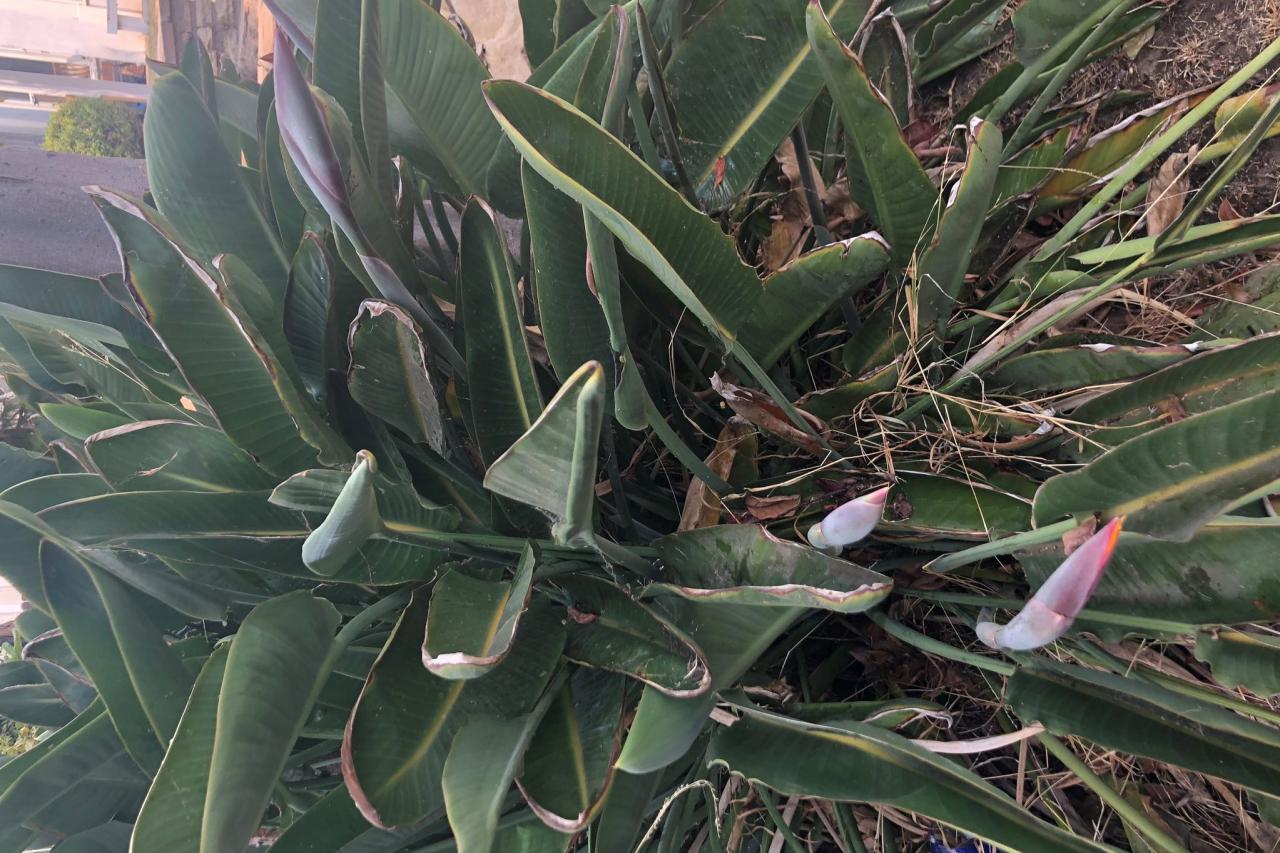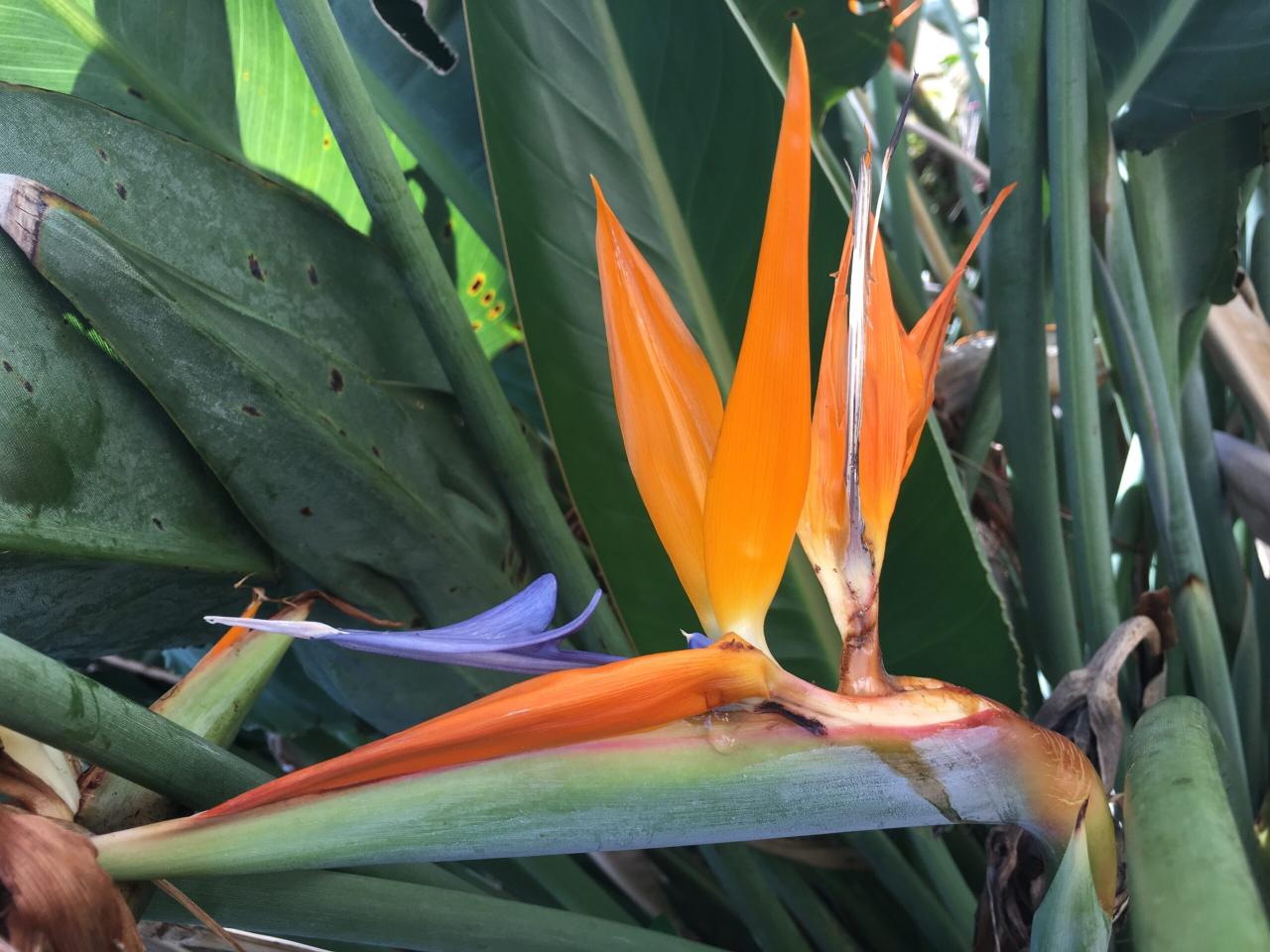Bird Of Paradise Leaves Turning Brown And Curling – Bird of Paradise plants are among the most beautiful and exotic houseplants, adored for their striking foliage and unique flowers. However, even the most stunning plants can sometimes display signs of distress, such as leaves turning brown and curling. If you’ve noticed this issue with your Bird of Paradise, you’re not alone! In this comprehensive guide, we will explore the reasons why Bird of Paradise leaves turn brown and curl, along with effective solutions to keep your plant healthy and thriving. 🌿
Understanding the Bird of Paradise Plant
The Bird of Paradise (Strelitzia reginae) is native to South Africa and is celebrated for its vibrant flowers that resemble the head of a bird. Besides its unique flowers, the plant boasts long, banana-like leaves that can reach impressive heights, making it a popular choice for both indoor and outdoor gardens.
Common Reasons for Browning and Curling Leaves
Before diving into solutions, it’s essential to identify the possible causes behind your Bird of Paradise’s distressed leaves. Here are some of the most common reasons:
1. Watering Issues
Improper watering is often the primary culprit for plant distress. Both overwatering and underwatering can lead to brown, curling leaves. Understanding the balance is crucial:
| Watering Scenario | Symptoms |
|---|---|
| Overwatering | Leaves turn yellow or brown and feel soft or mushy. |
| Underwatering | Leaves become crispy, brown, and curled. |
2. Humidity Levels
Bird of Paradise thrives in a humid environment. Low humidity can cause the leaves to dry out, turn brown, and curl. A general humidity level of 50% or higher is optimal for these tropical plants.
3. Light Conditions

Inadequate light can also lead to unhealthy leaves. Bird of Paradise requires bright, indirect sunlight to flourish. Insufficient light can cause leaves to curl and lose their vibrant color.
4. Nutrient Deficiencies

Lack of essential nutrients can result in poor foliage health. Specifically, nitrogen deficiency often leads to yellowing leaves and stunted growth. Make sure to use a balanced fertilizer during the growing season.
5. Pest Infestation
Pests such as spider mites and aphids can wreak havoc on your Bird of Paradise. Check the undersides of the leaves for small pests, webbing, or sticky residue, which indicates an infestation.
How to Diagnose Your Plant’s Condition
To effectively address the issue, you need to diagnose the exact cause of the brown and curling leaves. Here are steps you can take:
1. Check the Soil
Inspect the soil for moisture. Insert your finger about an inch deep into the soil. If it’s dry, your plant needs water. If it’s soggy, overwatering is likely the issue.
2. Examine Environmental Conditions
Assess the humidity levels in your home. If the air is dry, consider using a humidifier or placing a pebble tray with water under the plant.
3. Light Exposure Assessment
Observe the light conditions where your Bird of Paradise is located. If it receives insufficient sunlight, consider relocating it to a brighter spot.
4. Nutrient Check
Review your fertilization practices. If you haven’t fertilized in a while, or if you’re using the wrong type of fertilizer, it may be time to adjust your feeding routine.
5. Inspect for Pests
Look closely for any signs of pests. Use a magnifying glass if necessary, and take action immediately if you notice any infestations.
Solutions for Brown and Curling Leaves: Bird Of Paradise Leaves Turning Brown And Curling
Once you have identified the cause of the issue, you can implement effective solutions. Here’s what you can do:
1. Correct Watering Practices
Establish a consistent watering schedule based on your plant’s needs:
– Water when the top inch of soil feels dry.- Ensure proper drainage to prevent soggy soil.- Adjust the frequency during different seasons—more in the growing season and less in winter.
2. Increase Humidity
If your home is dry, increase humidity around your plant:
– Use a humidifier or place a pebble tray filled with water near the plant.- Mist the leaves regularly, especially in dry months.
3. Optimize Light Exposure
Ensure your Bird of Paradise is getting enough light:
– Place it near a window that receives bright, indirect sunlight.- Rotate the plant regularly for even light exposure.
4. Fertilize Correctly
To tackle nutrient deficiencies, follow these guidelines:
– Use a balanced liquid fertilizer every 4-6 weeks during the growing season.- Monitor your plant’s response to the fertilizer; adjust accordingly.
5. Manage Pests
If you notice pests, take immediate action:
– Use insecticidal soap or neem oil to treat the infestation.- Regularly check for pests to prevent recurrence.
Preventive Measures for Healthy Growth
Once you have addressed the current issue, it’s essential to take preventive measures to ensure your Bird of Paradise remains healthy:
1. Regular Maintenance, Bird Of Paradise Leaves Turning Brown And Curling
Routine care is crucial. Ensure to:
– Prune dead or damaged leaves to encourage new growth.- Clean the leaves with a damp cloth to remove dust and enhance photosynthesis.
2. Monitor Environmental Conditions
Keep an eye on the environment your plant is in:
– Ensure consistent light, temperature, and humidity levels.- Avoid placing the plant in drafty areas or near heating vents.
3. Seasonal Care Adjustments
Adjust your care routine based on seasonal changes:
– Water less in winter when the plant is dormant.- Fertilize less frequently during this time as well.
Final Thoughts
With the right care and attention, your Bird of Paradise can continue to be a stunning addition to your home or garden. By understanding the reasons behind browning and curling leaves and taking action quickly, you can revive your plant and maintain its health for years to come. Remember, healthy plants are a reflection of the care and effort you invest in them. 🌸💧
